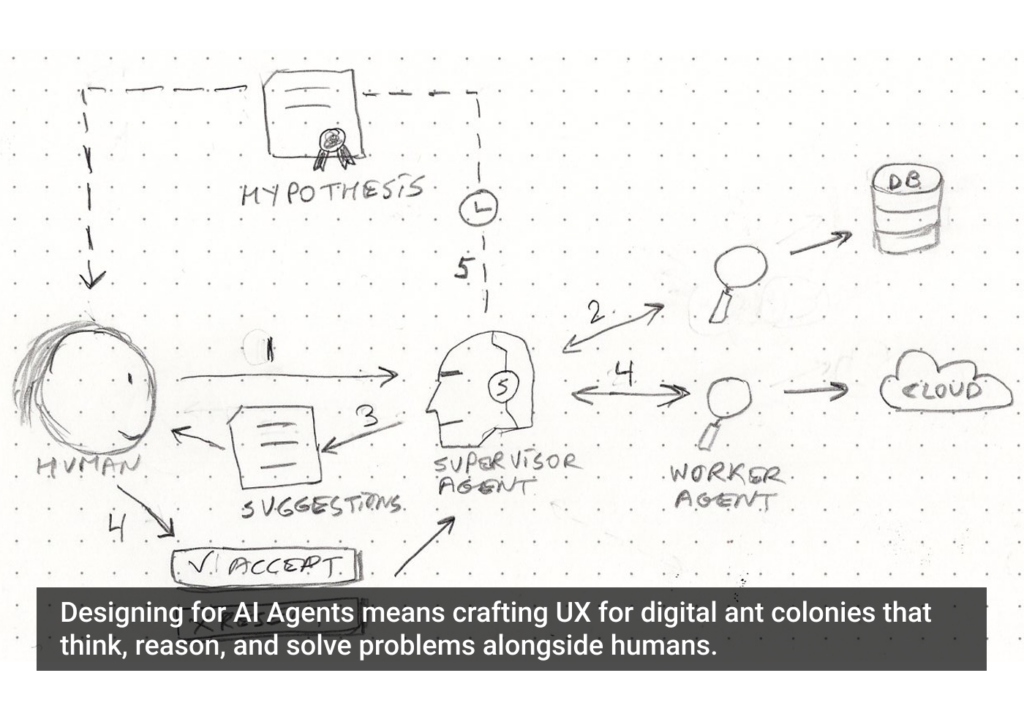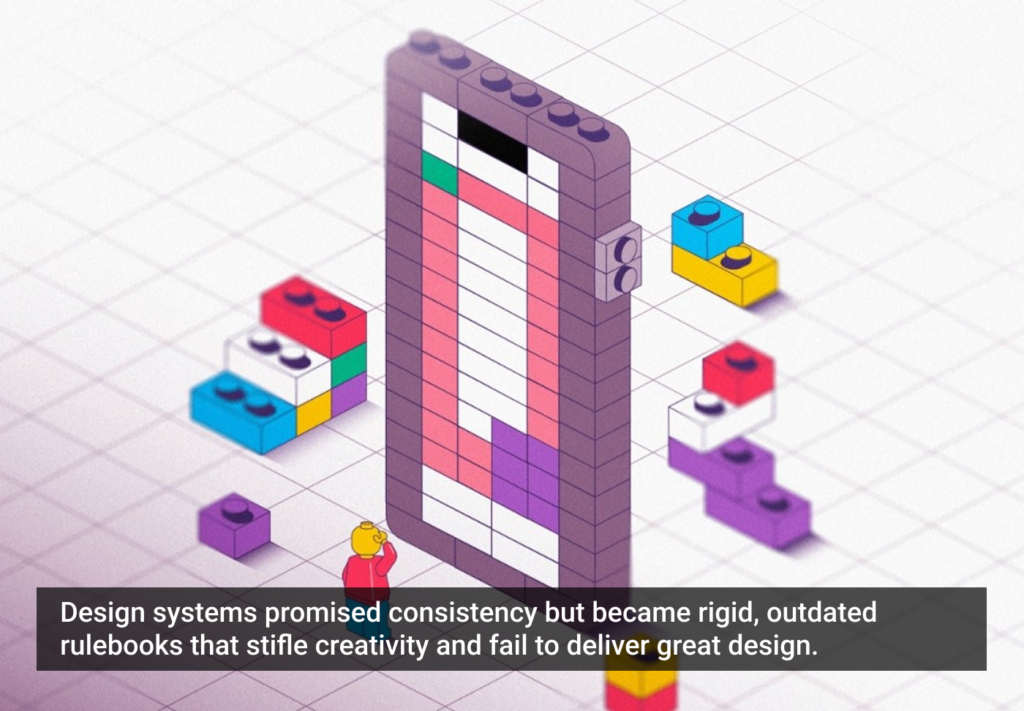After amassing some impressive wins through last year and continuing into this year, my organisation is in the midst of some significant expansion. The team I inherited in late 2020 has changed a fair amount; our team has grown significantly since January last year — and that doesn’t include contractors.
This has meant navigating a lot of change, improving processes, particularly around onboarding and training, but also having a clear plan in mind for scale.
This is about the factors front and centre of my mind while navigating that change. I can’t claim to be writing on behalf of anyone but myself.
Maintaining the culture
One thing you don’t want to lose is the culture. Nomensa has a lovely culture, which although not perfect, is based around doing great work, everyone helping each other out and being nice about it.
What you don’t want with so much recruitment is for people to bring in toxic behaviours — that they might not at all see as toxic — dragging down the culture as they go. More than anything else, this is about behaviour and leaders already in the team actively demonstrating what the standards are and what’s expected of people.
Culture is spoken about at length during recruitment and reinforced through one to ones. I certainly haven’t had to do it yet, but any toxic behaviour needs to be stamped on pretty quickly.
We also put in an effort to reiterate the standards in terms of work quality. It needs to be maintained; it’s what sustains the business and keeps us all doing interesting work.
Increased peer reviewing
With that in mind, we’ve introduced a ‘practice team’ format. This takes a cross section of the studio, creating teams of four/five with varying skillsets and experience. They meet each week and talk through their work.
In a hybrid working environment, this increases the contact each practitioner has with others in the studio, makes people feel more connected, and will increase the quality of solutions as problems are being approached by more (and more diverse) people. This adds value to clients too.
Worth saying that this is particularly important when you have some practitioners embedded in client teams with a limited practitioner structure around them.
Balancing experience
There has been an almighty challenge with recruitment this year. As you’ll probably know if you’re reading this, the UX market is crazy. I’ve seen some very average contractors asking for £600 a day when they have been in UX about two years and clearly don’t know enough about their craft.
Where the pinch has been most felt for me, however, has been with recruiting experienced practitioners. We have managed to get a few great ones, but it’s been slower than I had hoped. Does make you think pretty hard about what you’re offering as an organisation though…
Promote within
Partly why this hasn’t been an issue is that we’ve promoted a lot within the team. Rather than waiting until someone has ‘proved’ their experience for a long period of time, we have tried to promote earlier, allowing them to fill any gaps in experience while in a new, senior role.
It stretches some, but we’ve always employed very smart, capable people and this has worked to bring them on quicker. It also sends a strong message to everyone else: this is a place you can grow.
Doing this has enabled us to ensure we have experience in the right places. At principal level (our current highest level) we have people who can and want to line manage, and we have a track for those who want to focus on their craft and not line manage. You need a certain number at this level for this to work.
Focusing on entry level recruitment
As well as trying to bring in senior practitioners, we have recruited heavily from more junior skillsets. We have a successful grad programme, where there is no requirement to have work experience.
I wrote a blog giving a bit more detail about that process, but again, it’s about getting smart people who have the right attitude. They grow very quickly when surrounded with other talented people and I firmly believe this is the right way to sustain medium to long term growth.
Protecting the T
Our practitioners are T-shaped. This means they have a broad range of experience and a deep understanding in one area, often research. As we grow and bring in more people, we have more specialisms (interaction design and service design, for example), but we need to maintain the T. This means giving researchers a chance to prototype and giving interaction designers and service designers a chance to get better at research.
At an agency, you need flexibility, both at an individual level and across the studio. But more than that, I think people want to be able to move. In government, the roles are set. But in my experience, most people (not all) want to be able to work on a service design job at one time, before doing more of a research role later.
This is particularly important when they are new to the industry. I don’t think anyone should be forced to choose a specialism too early; it’s good to experience a wide range of projects and a wide range of roles. Later on, you can make the call on which track you enjoy the most.
Collective goal setting
We have attempted to provide structure to goals, marrying the aims of individuals (often around getting better at their craft) and the organisation (around growth through good people).
This allows people to know that they have the space to progress, while also being part of something bigger and exciting.
Communication
Transparency is one of my leadership principles. As you scale it becomes more challenging but more important than ever. We have group chats and checkpoints, but a lot of this is one to one and is probably the bit that takes up most of my time — especially when you’re trying to organise everyone around some central and coherent goals.








